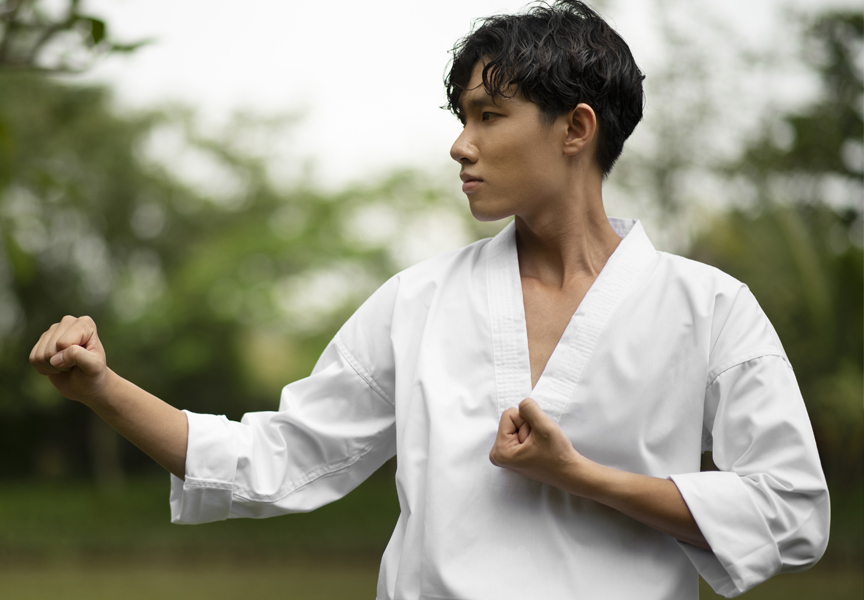Random Free Articles
- Embracing Practicality Over Acrobatics
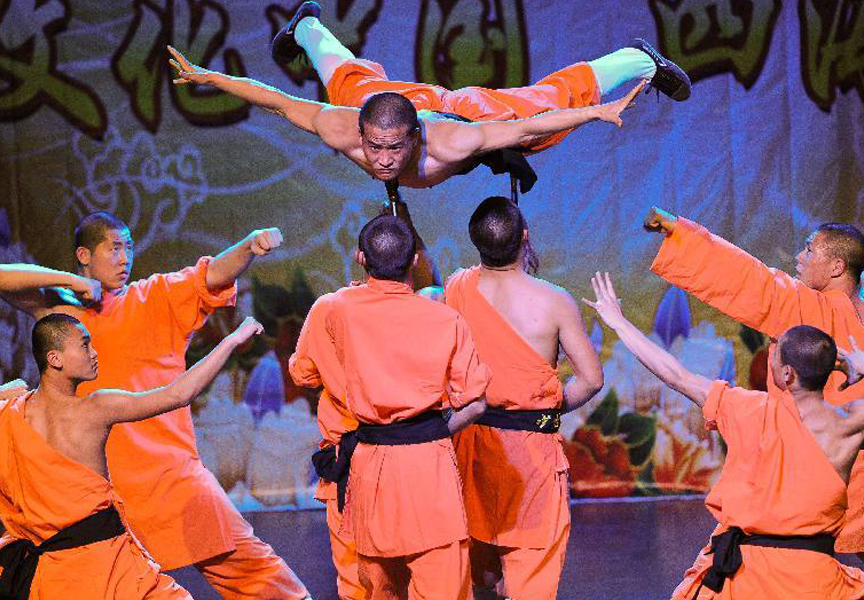
Shaolin Kung Fu, one of the world's most renowned martial arts, has long been associated with its spectacular and awe-inspiring demonstrations of agility, balance, and physical prowess. These displays often feature practitioners performing seemingly superhuman feats of acrobatics and flexibility. While such displays are undoubtedly impressive and entertaining, they can sometimes overshadow the true essence and purpose of Shaolin Kung Fu,…
- A Journey of Mind and Body

Martial arts have a rich and storied history, with roots that stretch across cultures and centuries. From ancient practices like Kung Fu and Karate to modern disciplines like Brazilian Jiu-Jitsu and Muay Thai, martial arts encompass a wide range of techniques and philosophies. While many practitioners focus on the physical aspects of martial arts, such as strikes, kicks, and grappling, it's essential to recognize that the most important…
- Sword Fingers of Taijiquan
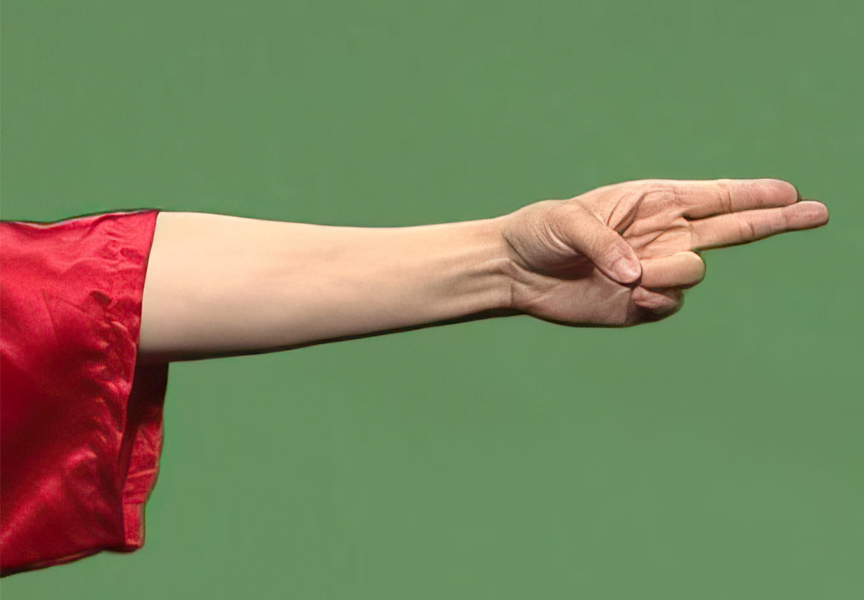
The Symbolism and Application of Two Fingers Pointing in Taijiquan Sword Taijiquan, often referred to as Tai Chi, is a Chinese martial art known for its slow, flowing movements and emphasis on internal energy cultivation. Within the vast realm of Taijiquan, there exists a unique and symbolic gesture – the use of two fingers pointing – particularly in the context of the Taijiquan sword, known as Sword Fingers [Chin.: Jiàn zhǐ 剑指].…
- Rouquan Shaolin Internal Exercise
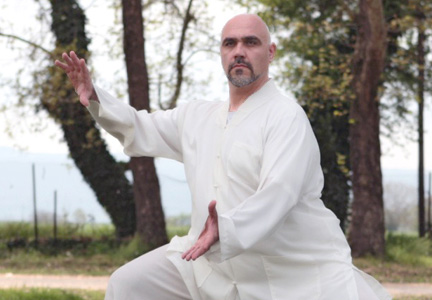
Soft Fist - Rou Quan [Chin.: róuquán 柔拳], is an excellent Shaolin Internal Exercise «Nei Gong» [Chin.: Shàolín nèigōng 少林 內功], which constantly develops human body’s physical and vital energy reserves and in conjunction with the «Five Skills» [Chin.: wǔgōng 五工], allows strides of improvement to anyone who wants to evolve his skills in concentration, balance and deep relaxation. Shaolin Rou Quan addresses to all…
- Every Competitor A Champion in Their Own Right
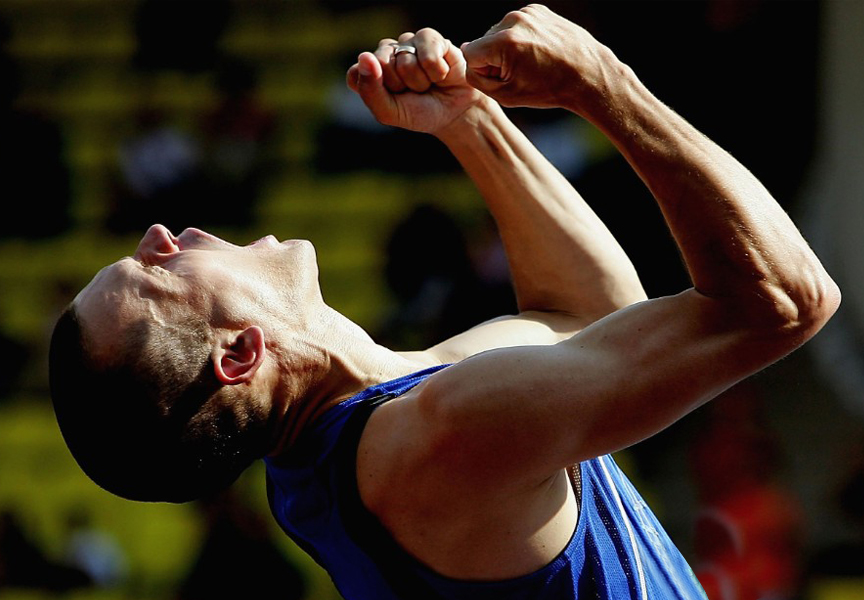
In the world of sports, competitions, and life in general, we often focus on the victors, the ones who stand atop the podium, wearing the gold, silver, and bronze medals. But let us not forget that a champion is not defined solely by their position – a champion is anyone who consistently gives their best every time they step onto the field, court, or any competitive arena. It's not just about finishing first, second, or third; it's…

